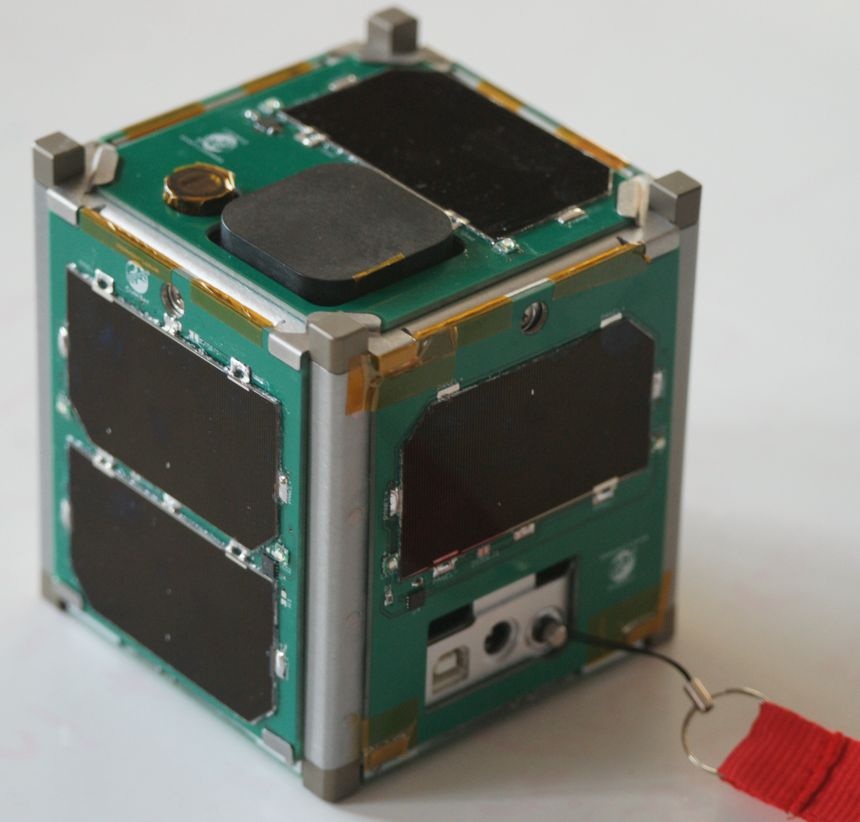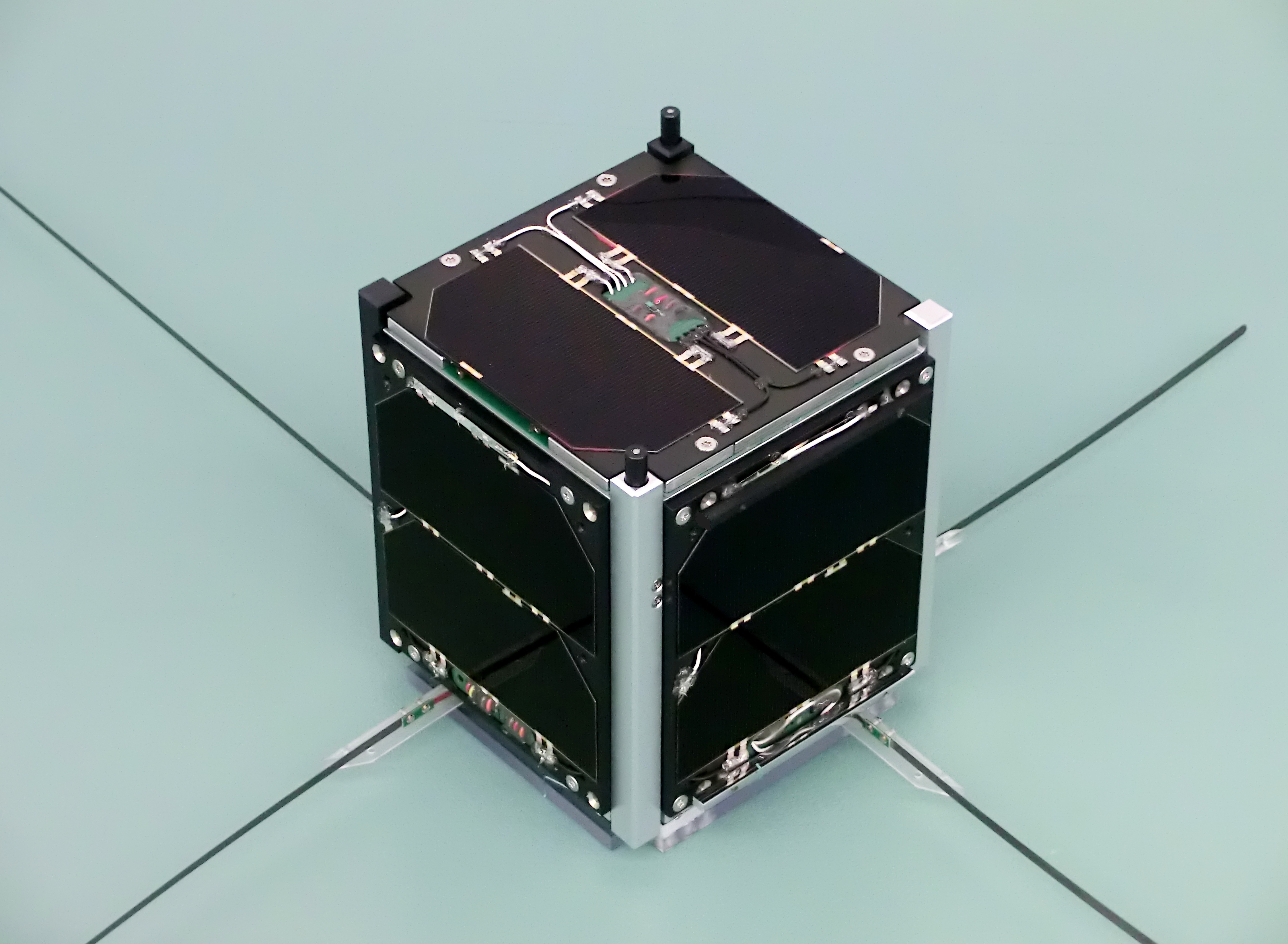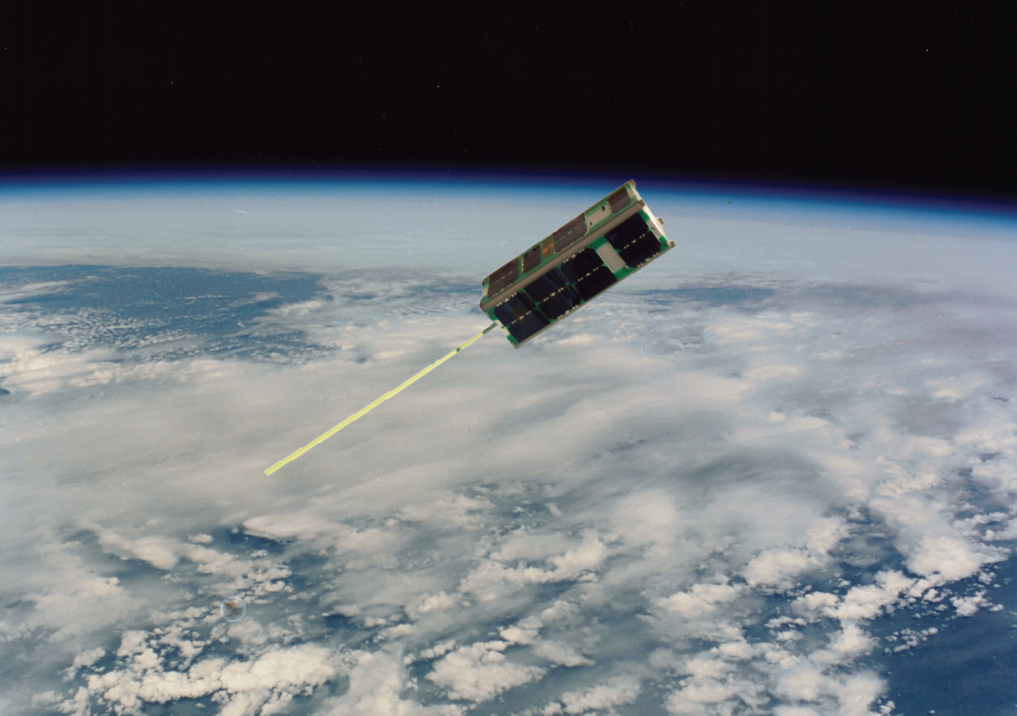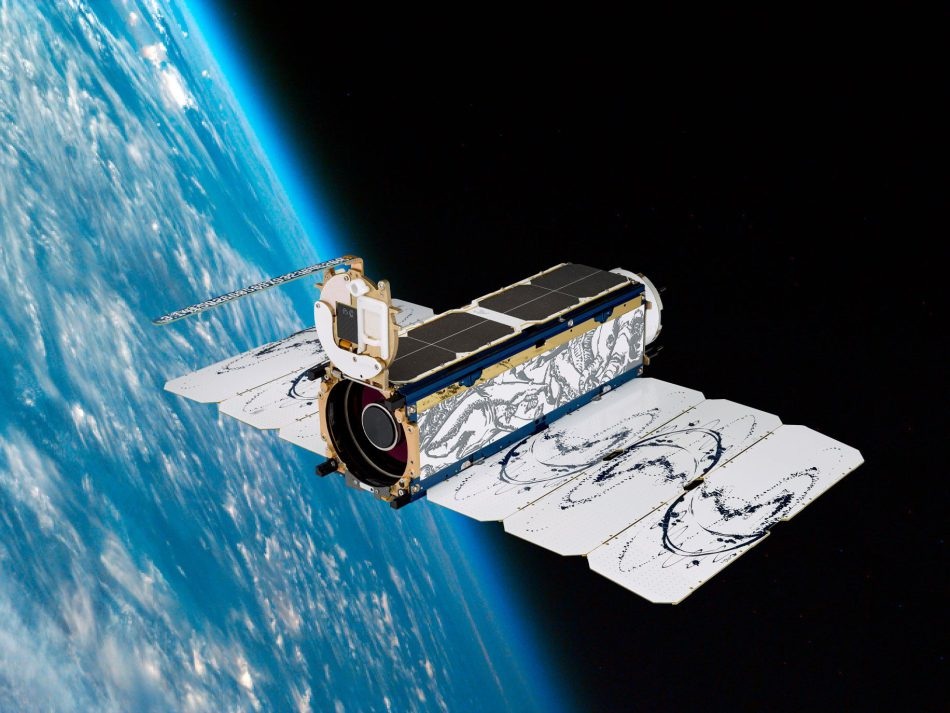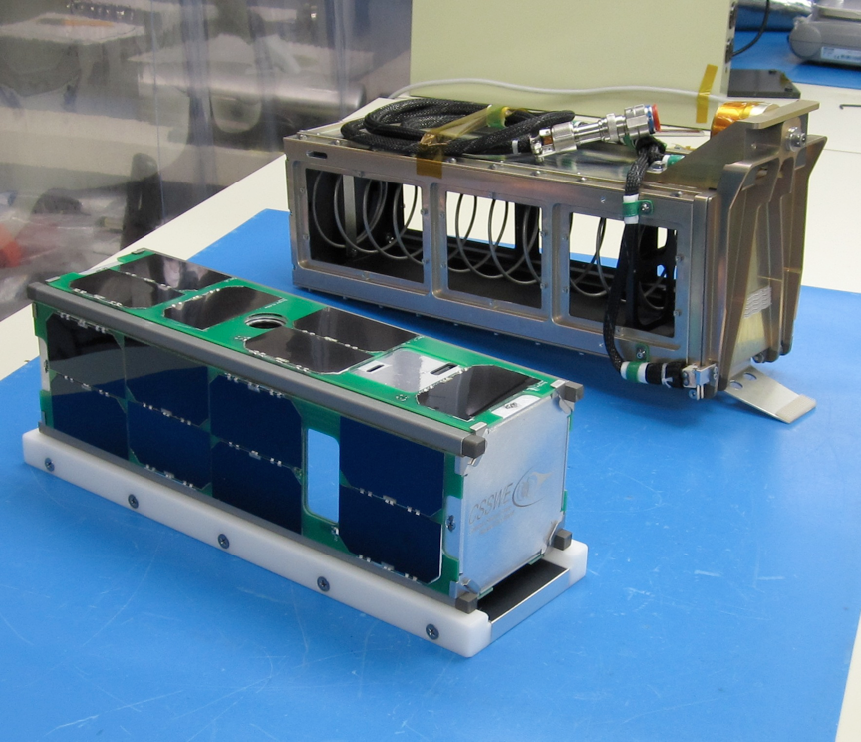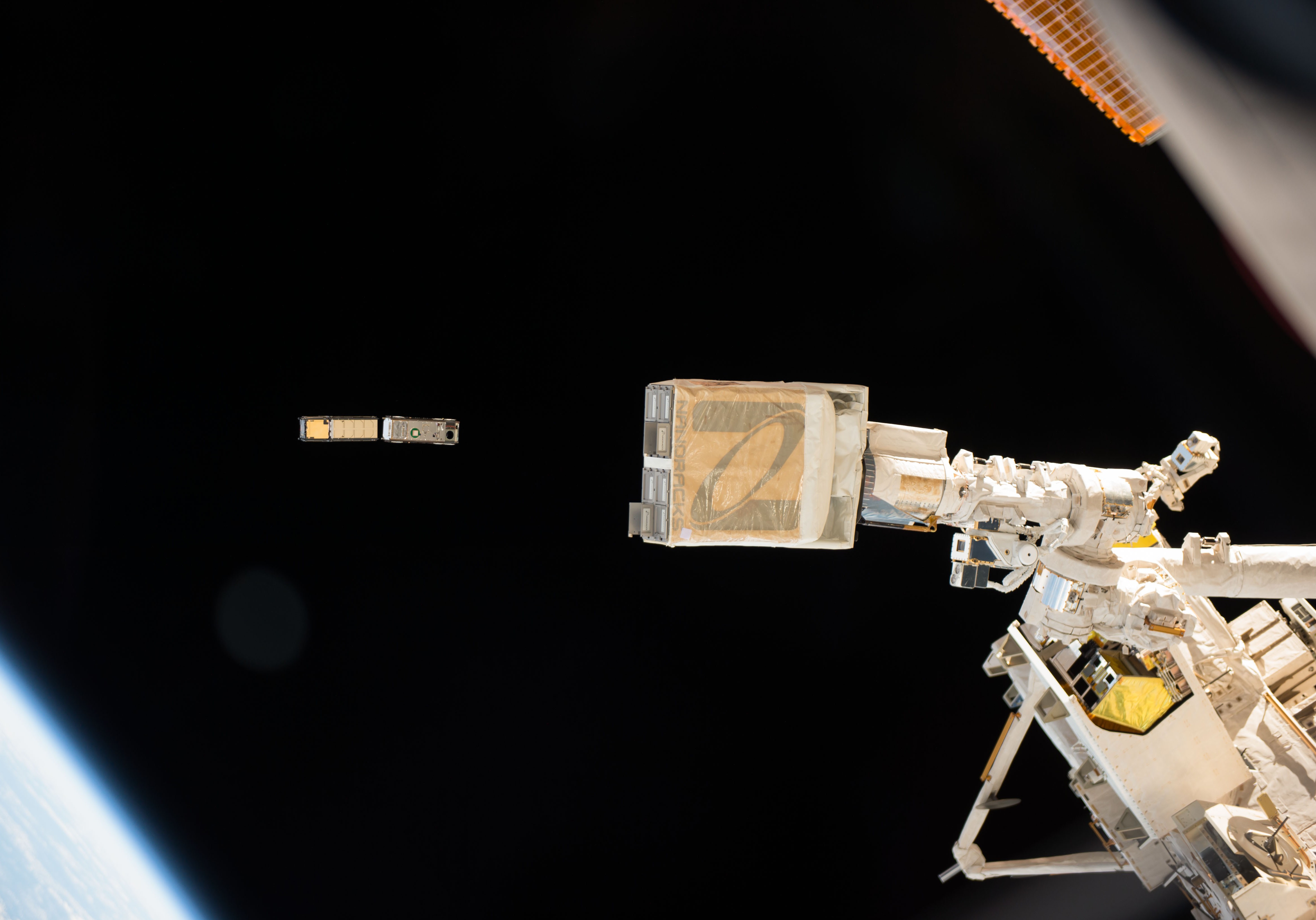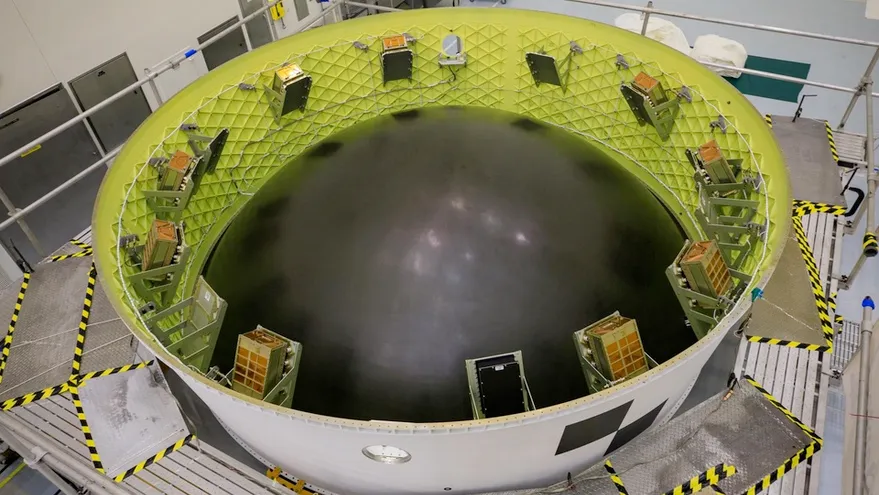CubeSats are a class of nanosatellites (satellites with masses between 1 and 10 kilograms) that use a standardized size and form factor called a "U" (a cube measuring 10 x 10 x 10 cm).
A standard cubesat is 1U (10 x 10 x 10 cm), but using "U's" as a building block, larger sizes and arrangements can be achieved, such as 2U (10 x 10 x 20 cm), 3U (10 x 10 x 30 cm), 6U (10 x 20 x 30 cm), and so on.
Common CubeSat configurations (image: NASA)
CubeSats were originally developed by California Polytechnic State University at San Luis Obispo (CalPoly) and Stanford University in 1999 as an educational tool for students to learn about space systems engineering.
Although initially conceived as a purely academic tool, the low-cost, standardization, and flexability of CubeSats has led to their adoption by academia, the private sector, and governments for a variety of missions.
Common applications include low-cost science missions, technology demonstrations too risky to justify a larger satellite, amateur radio communication, and remote-sensing of the Earth's surface.
As of mid-2024, almost 2400 CubeSats have been placed into orbit since the first launch of CubeSats in June 2003.
Until recently, CubeSats were restriced to Low Earth Orbit (LEO).
However in 2018, the Mars Cube One (MarCO) mission launched the first CubeSats beyond LEO, flying by Mars in support of the NASA's InSight mission.
Since then several other CubeSat missions have operated beyond LEO, inclduing ten Cubesats launched on the maiden launch of SLS during the Artemis 1 mission, the LICIACube supporting the Double Asteroid Redirection Test (DART) mission, and the CAPSTONE mission to a Lunar near rectilinear halo orbit, all in 2022.
Due to their small size, CubeSats are typically carried into orbit as secondary (or rideshare) payloads on a launch.
The Poly-PicoSatellite Orbital Deployer (P-POD) provides a mechanism for CubeSats to be deployed from a rocket's upper stage after orbital insertion.
Alternatively, the NanoRacks CubeSat Deployer (NRCSD) allows for CubeSats to be carried to the the International Space Station inside Commercial Crew Resupply Vehicles (such as the SpaceX Dragon and Northrup Grumman Cygnus) and deployed into orbit from the station's scientific airlock.
In the last few years, several dedicated rocket launchers have been developed which launch CubeSats as the primary payload, including the RocketLab Electron and Firefly Alpha.
UC CubeCats
NASA
CalPoly CubeSat Laboratory
Canadian Space Agency
Nanosats Database

